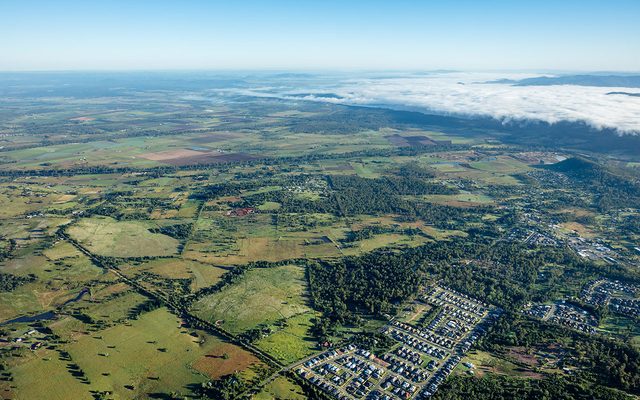This article is from the Australian Property Journal archive
AUSTRALIAN grain prices have been insulated from international events such as Russia’s invasion of Ukraine, and while prices will come under seasonal pressure through harvest, tight global supply and export demand will support above-average prices, according to Rural Bank.
Winter crop prospects remain very positive overall, Rural Bank’s latest Insights said, with upside potential given the favourable outlook.
Production prospects remain positive for above-average production. Recent rainfall in Western Australia improved drying soils and South Australia has a good outlook. Most of South Australia and the eastern states have a 65% chance of above-average rainfall through spring. One unknown is how much area remains unplanted in NSW, with saturated soils and above-average rainfall making it impossible to sow some crops.
Wheat production is estimated at 31 million tonnes, barley 11.1 million tonnes and canola 5.3 million tonnes.
“Given current conditions and a positive outlook, upside potential to production is high,” Rural Bank said.
Australian canola exports are already at a record high while wheat exports are at record pace and will reach a new high by season’s end. New season export capacity is already close to fully booked in most ports and while current season exports remain firm they are easing, as global demand turns to northern hemisphere supply.
While the first bulk shipment of grain has left Ukraine since Russia’s invasion began is “a positive step”, Rural Bank said it doesn’t significantly change global supply and demand assumptions.
“Australian prices have been insulated from international movements to some extent. Available supply and strong export demand have held up local prices in face of declining Chicago Board of Trade futures. This has seen basis (the difference between international and local prices) turn positive for the first time this year. Australian prices will come under seasonal pressure through harvest. But global supply remains tight and export demand will support above average prices through the 2022/23 season.”
Weather to support cattle prices
Following mixed-quality livestock in saleyard and labour shortages challenged slaughter capacity, Australian cattle prices are likely to continue to decline as slaughter rates rise, and with the US providing the global market with competitively-priced beef exports will shift lower. However, Rural Bank said a favourable weather outlook for the next month will support prices as restocker demand remains firm.
Lamb and sheep prices have took a dive of 17% to 34% in recent weeks as buyers stepped back from markets and quality was poorer. Prices are expected to recover as new season lambs hit the market heading into spring and buyer competition strengthens, but they do remain below average.
Lamb export volumes for the year to July were 1.9% higher than 2021, with strong growth in volumes to Papua New Guinea, South Korea, Malaysia and the US more than offsetting the 30% decline in exports to China.
Strong seasonal conditions are showing through in improved wool yield and strength. Wool auctions are currently on their winter break following a steady few weeks in July. Wool bales sold in the first half of the month were the highest numbers since April, and week two the highest sale volume since January 2019.
Milk prices higher
Australian dairy farmers are receiving record high farmgate prices, with the average southern price 29% higher on last season’s average due to competition among processors for a share of the current tight milk pool. Margins from the higher farmgate prices will be challenged by higher input costs.
Milk production is expected to have finished the 2021/22 season 4% lower year-on-year and remain below average over 2022/23 despite a favourable spring rainfall outlook.
Meanwhile, avocado harvest throughout Queensland is starting to slow but record production from Western Australia and strong harvest out of the southern states will continue to keep retail prices at near the all-time low, around $1.
Victorian almond producers are facing a significant challenge to pollinate their almost trees after the varroa mite outbreak in NSW limited beehive movement. The industry expects it will be 65,000 beehives short this year, but favourable weather through August may all growers to rely on fewer beehives.





